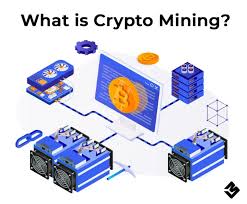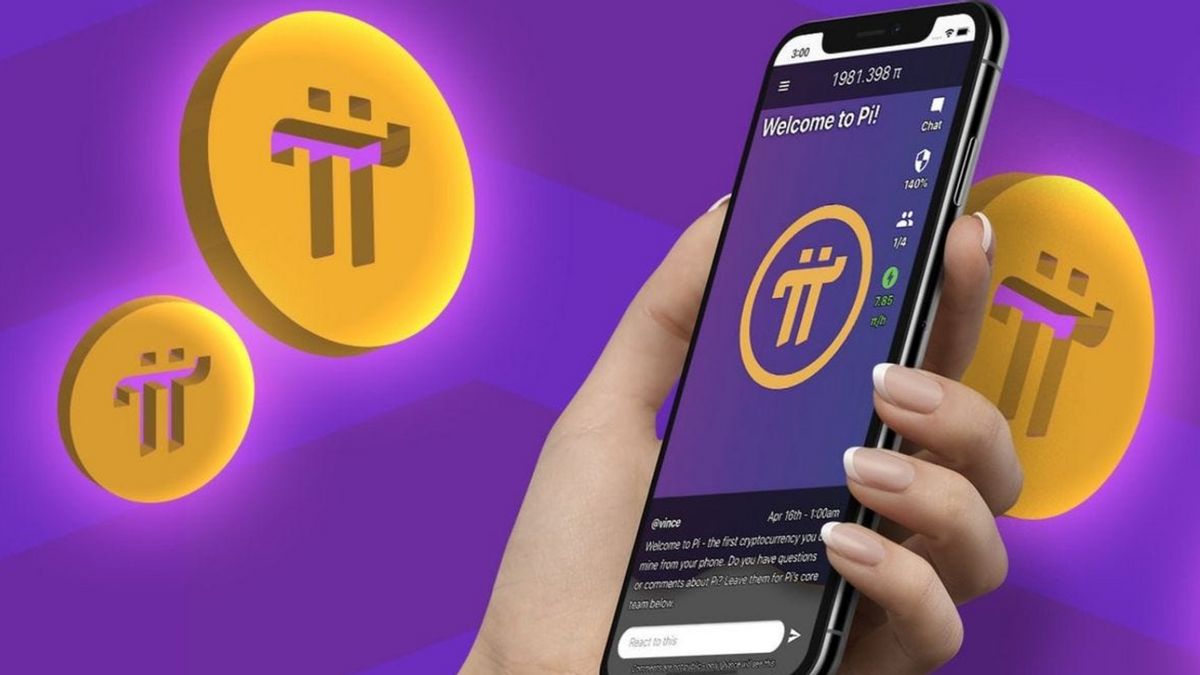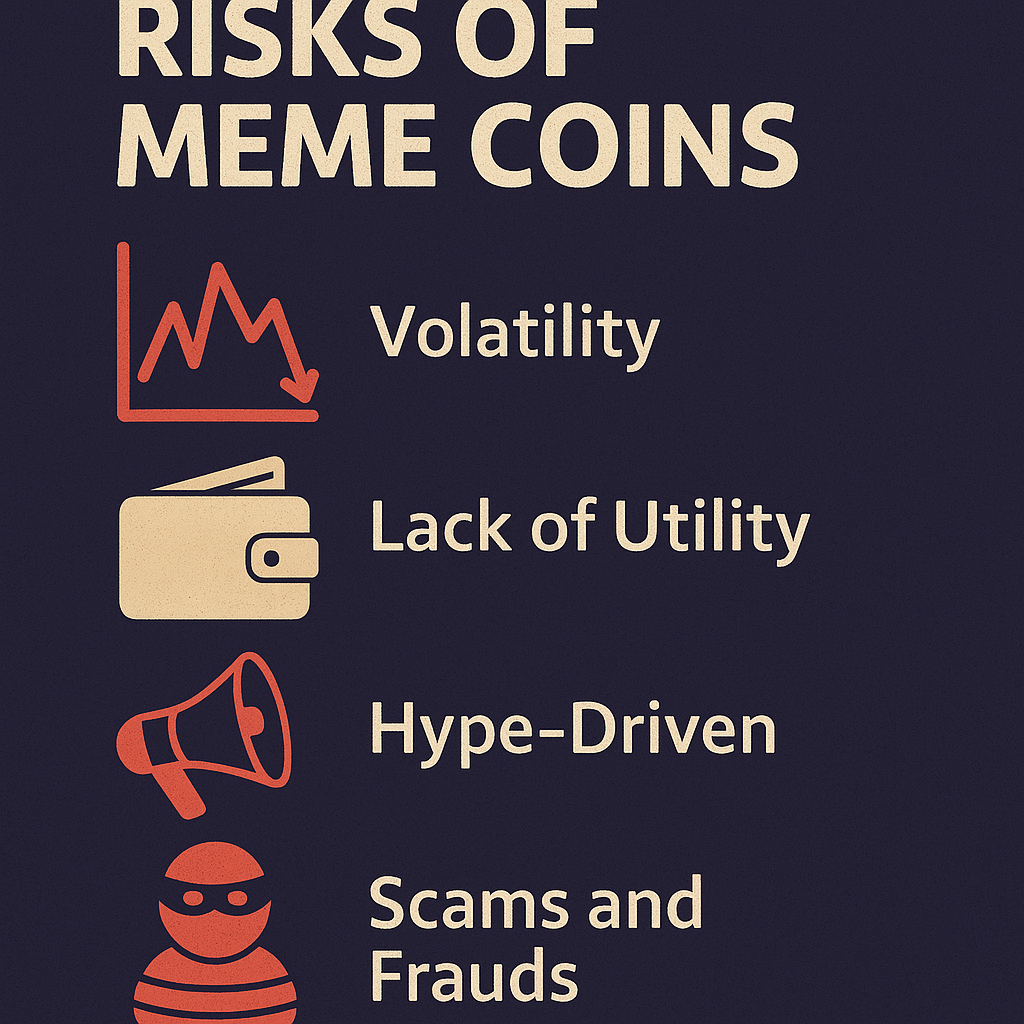🧱 Crypto Mining: Full Overview of How It Works, Its Purpose, and Future
Cryptocurrency mining is one of the most fundamental and fascinating components of the blockchain ecosystem. If you’ve ever wondered how Bitcoin or other cryptocurrencies are created, secured, and maintained without a central authority — mining is the answer.
This article will explore what crypto mining is, how it works, why it matters, its challenges, and the evolution from traditional mining to newer consensus methods.
💡 What Is Crypto Mining?
At its core, crypto mining is the process of validating transactions and adding them to the blockchain. In return for performing this work, miners are rewarded with cryptocurrency.
Mining is necessary for cryptocurrencies that use a Proof of Work (PoW) consensus mechanism. Bitcoin is the most famous example, but other coins like Litecoin, Monero, and Dogecoin also use PoW.
🛠️ How Does Crypto Mining Work?
To understand mining, let’s break it into simple steps:
1. Transaction Collection
- Users send crypto (e.g., Alice sends 1 BTC to Bob).
- These transactions are grouped into a “block” by miners.
2. Solving the Cryptographic Puzzle
- The miner must solve a complex mathematical problem.
- This problem involves finding a “nonce” — a random number that, when hashed with the block’s data, produces a hash that meets certain conditions (usually a string of leading zeros).
3. Proof of Work
- Solving the puzzle is known as performing “Proof of Work.”
- It proves the miner has invested significant computing power and energy.
4. Block Confirmation and Reward
- The first miner to solve the puzzle broadcasts the solution to the network.
- Other nodes verify the solution.
- If valid, the new block is added to the blockchain.
- The winning miner receives:
- A block reward (newly minted coins).
- Transaction fees from all transactions included in the block.
Example (Bitcoin as of 2024):
- Block reward: 3.125 BTC (after 2024 halving).
- Transaction fees: Varies, typically 0.5–2 BTC depending on network activity.
🖥️ What Do You Need to Start Mining?
Mining isn’t as simple as using a regular computer anymore. Here’s what you typically need:
1. Mining Hardware
- ASICs (Application-Specific Integrated Circuits): Most powerful, used for Bitcoin.
- GPUs (Graphics Processing Units): Used for altcoins like Ethereum Classic, Ravencoin.
- CPUs (Central Processing Units): Rare today due to low power.
2. Mining Software
- Examples: CGMiner, BFGMiner, EasyMiner, NiceHash.
- Software connects your device to the blockchain and to mining pools.
3. Mining Pool (Optional but Recommended)
- Mining pools combine the power of many miners.
- Rewards are shared based on contribution.
4. Reliable Power Supply
- Mining consumes a lot of electricity.
- Efficient cooling systems are also needed to prevent overheating.
5. Digital Wallet
- For receiving and storing mined coins securely.
⚡ Energy Consumption in Mining
Mining, especially Bitcoin mining, is energy-intensive.
- The global Bitcoin network consumes over 100 TWh annually (comparable to small countries).
- This has led to environmental concerns and calls for cleaner mining methods.
Some miners use renewable energy (solar, hydro, wind) to offset carbon footprints.
🌐 The Purpose and Importance of Mining
- Transaction Verification
- Prevents double-spending and fraud.
- Ensures that each transaction is valid and immutable.
- Decentralization
- Removes need for central authorities like banks.
- Trust is established through consensus among participants.
- Issuance of New Coins
- Mining is how most cryptocurrencies are initially distributed.
- Controls inflation through mechanisms like halvings (e.g., Bitcoin halves every 4 years).
🔐 Crypto Mining Security
Mining provides security through decentralization and cryptographic hashing.
- The more miners in the network, the harder it is to attack.
- A 51% attack becomes more costly and less feasible.
For example, to alter a Bitcoin block, a hacker would need to re-mine every block after it and outpace the rest of the network — practically impossible.
⏳ The Evolution of Mining: PoW to PoS
Many blockchains are moving away from mining toward more energy-efficient models like Proof of Stake (PoS).
🧾 Key Differences:
| Aspect | Proof of Work (PoW) | Proof of Stake (PoS) |
|---|---|---|
| Validation Method | Solve cryptographic puzzles | Stake coins to validate |
| Energy Use | High | Low |
| Hardware Needed | Yes (ASICs/GPUs) | No (just coins in a wallet) |
| Examples | Bitcoin, Litecoin | Ethereum (post-Merge), Cardano |
Ethereum Merge (2022):
- Ethereum moved from PoW to PoS.
- Resulted in >99.9% energy reduction.
🧮 Mining Profitability
Several factors affect whether mining is profitable:
✅ Factors That Increase Profit:
- Low electricity costs
- Efficient hardware
- High crypto prices
- Joining a mining pool
❌ Factors That Reduce Profit:
- High power bills
- Falling crypto prices
- Network difficulty increases
- Hardware maintenance costs
Mining calculators (e.g., WhatToMine, CryptoCompare) can help estimate your potential profits.
🧊 Types of Crypto Mining
1. Solo Mining
- Mining on your own.
- Rarely profitable today due to competition.
2. Pool Mining
- Most common method.
- Steady rewards based on share of work.
3. Cloud Mining
- Renting mining power from a provider.
- Easy entry, but risk of scams.
4. Mobile Mining
- Using smartphone apps (usually not profitable or real mining).
🌍 Environmental Concerns and Green Alternatives
Mining has come under scrutiny for its carbon footprint.
- Countries like China have banned or restricted mining.
- New approaches include:
- Green mining (renewable energy).
- Liquid cooling tech to reduce power usage.
- Carbon offset programs.
🔮 The Future of Crypto Mining
Despite the shift toward PoS, crypto mining is not going away soon. Here’s what’s on the horizon:
- Decentralized Mining Pools: More democratic and censorship-resistant.
- AI + Mining: Using AI to optimize energy usage and hash rates.
- Mining on Layer 2: Some projects exploring rewards at Layer 2 level.
📌 Final Thoughts
Crypto mining is the backbone of decentralized blockchain networks like Bitcoin. It secures the network, ensures fair transaction validation, and introduces new coins into circulation.
While it requires significant investment and carries environmental implications, it’s evolving with the times — moving toward greener, more sustainable models and integrated consensus solutions.
Whether you’re a curious learner, investor, or techie — understanding mining gives you insight into how the crypto world operates at its core.




